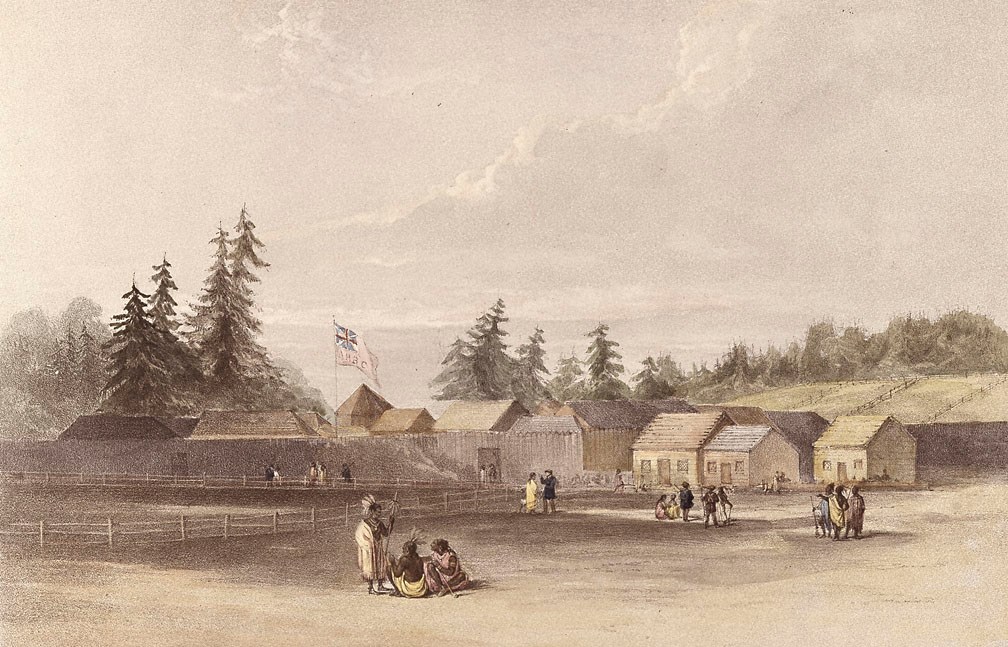Part of a series of articles titled The Odyssey of Ulysses.
Previous: Grant at Palo Alto Battlefield
Next: Grant at Fort Donelson
Article

Four years had passed since the end of the US-Mexican War, and Ulysses S. Grant found himself on the West Coast. During the war, he grew from an eager West Point graduate to a capable and experienced soldier. He became a regimental quartermaster and earned a number of awards for bravery and performance, as well as gaining an intimate understanding of how armies function. Grant also traveled throughout Mexico, and experienced life and culture beyond the United States.
The years after the war proved less thrilling, as Grant was shifted from post to post by the army. He married Julia Dent and celebrated the birth of his first child, but the need to protect the newly acquired Oregon Territory interrupted his relative domestic bliss. In the spring of 1852, Grant’s regiment was ordered West.
Following a few weeks’ stay near San Francisco, Grant went by ship to the Columbia Barracks in the Oregon territory, located across the river from the small settlement of Portland. One year later, in 1853, the territory was split to create the Washington territory, and the barracks renamed Fort Vancouver.
“Many of the real scenes in early California life exceed in strangeness and interest any of the mere products of the brain of the novelist.” -Ulysses S. Grant, Personal Memoirs, 1885
Ulysses was now 30 years old in a remote military post thousands of miles away from his family. Grant kept in good spirits by maintaining supplies for the fort and trying his hand at several business ventures. From investing in a local general store and raising crops, to exporting chickens and ice to San Francisco, Grant tried numerous times to succeed financially. However, each venture failed spectacularly. These first attempts at business set the tone for Grant’s career for many years.
While stationed at Fort Vancouver, Grant interacted frequently with local Native American tribes, most notably the Chinook and Klickitats. He witnessed first-hand their mistreatment by European Americans, the devastating effect of foreign diseases and mourned the deaths of several individuals he knew personally.
“My opinion is that the whole race would be harmless and peaceable if they were not put upon by the whites.” -Ulysses S. Grant, Letter to Julia Dent Grant, 1853
Lonely, restless, and desperate to see his family, the newly appointed Captain Grant was transferred to an even more remote location: Fort Humboldt, in northern California. Soon after, he resigned from the military, setting off a period of business failure and soul-searching that continued until the outbreak of the Civil War.
Today Fort Vancouver National Historic Site preserves parts of Vancouver Barracks, the name given the post in 1879. While the Quartermaster Ranch where Grant lived is no longer standing, a walk across the Barracks’ Parade Ground or along Officers’ Row provides a glimpse of what his daily life was like.
Ironically, Grant never lived in the Grant House, which was renamed in his honor when Grant visited the post in 1879. Today these former officer’s quarters house a restaurant.
Additionally, the Visitor Center at Fort Vancouver itself offers a wealth of information regarding the site’s history as a trading post and its relation to Native American tribes of the area. The site also includes reconstructions of Hudson’s Bay Company’s Fort Vancouver and the McLoughlin House, the retirement home of Dr. McLoughlin, who oversaw the fort, as well as the Pearson Air Museum.
The Odyssey of Ulysses explores the saga of U. S. Grant from his first battle to his final resting place. For information on this Article Series project, contact us.
Part of a series of articles titled The Odyssey of Ulysses.
Previous: Grant at Palo Alto Battlefield
Next: Grant at Fort Donelson
Last updated: August 23, 2022